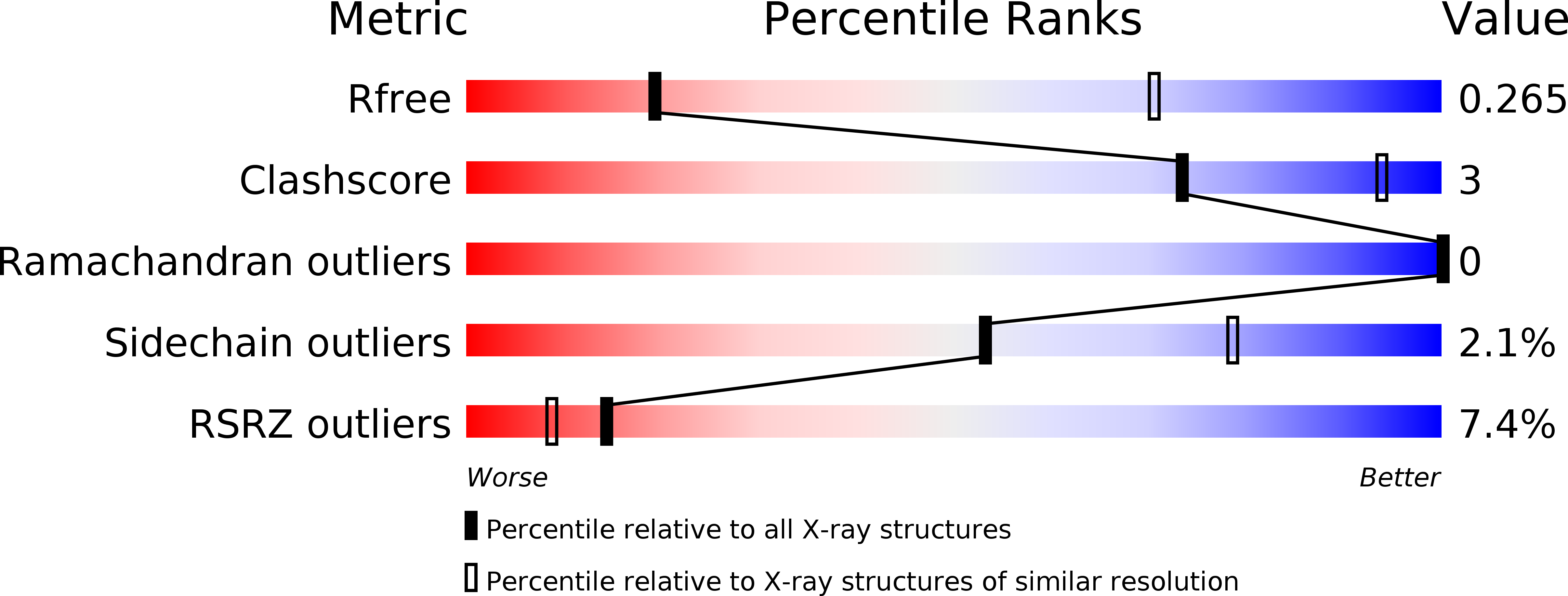
Deposition Date
2018-01-30
Release Date
2018-02-28
Last Version Date
2024-01-17
Entry Detail
PDB ID:
6FM9
Keywords:
Title:
Crystal structure of human UDP-N-acetylglucosamine-dolichyl-phosphate N-acetylglucosaminephosphotransferase (DPAGT1)
Biological Source:
Source Organism:
Homo sapiens (Taxon ID: 9606)
Host Organism:
Method Details:
Experimental Method:
Resolution:
3.60 Å
R-Value Free:
0.27
R-Value Work:
0.24
R-Value Observed:
0.25
Space Group:
P 65 2 2


